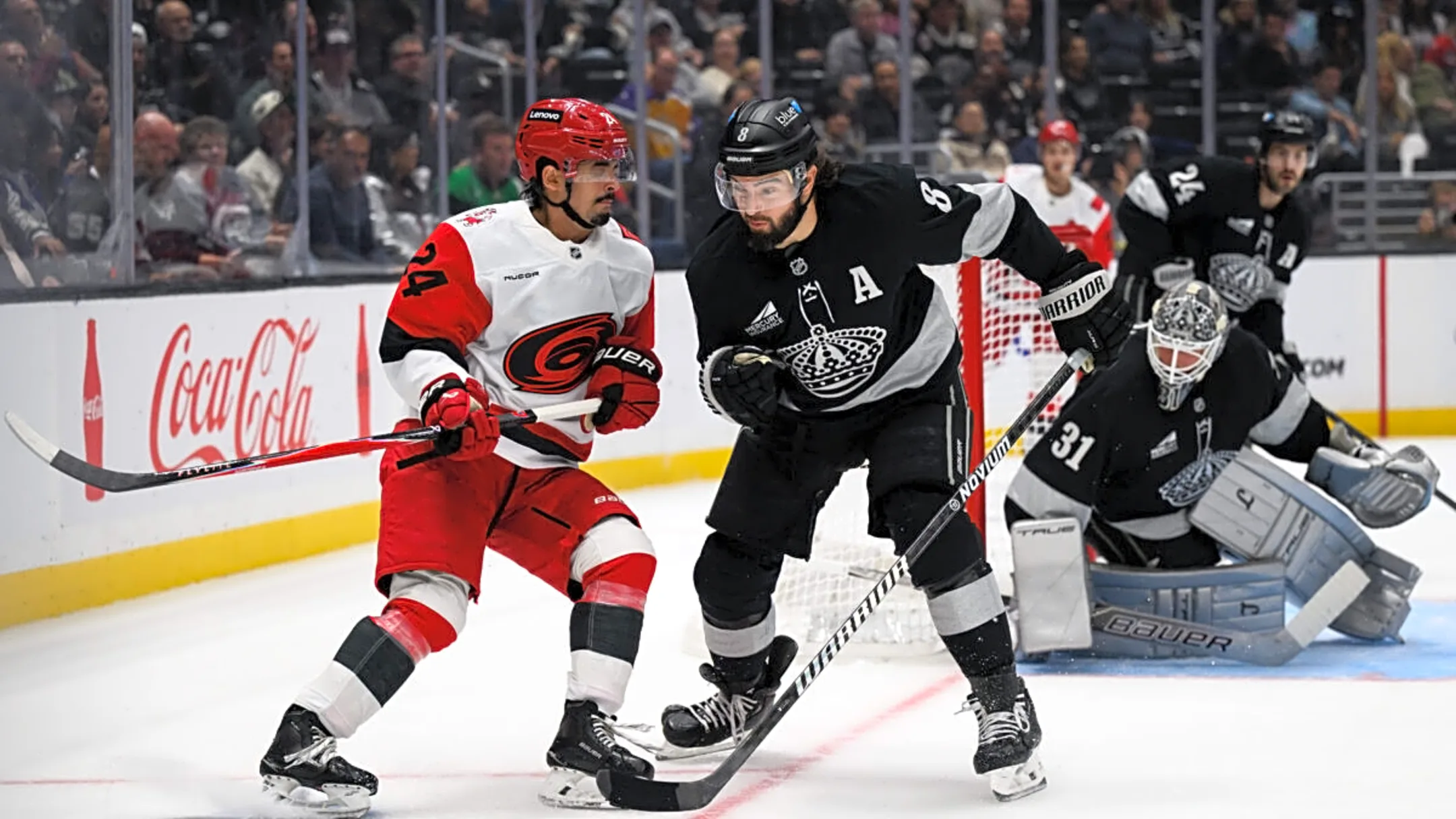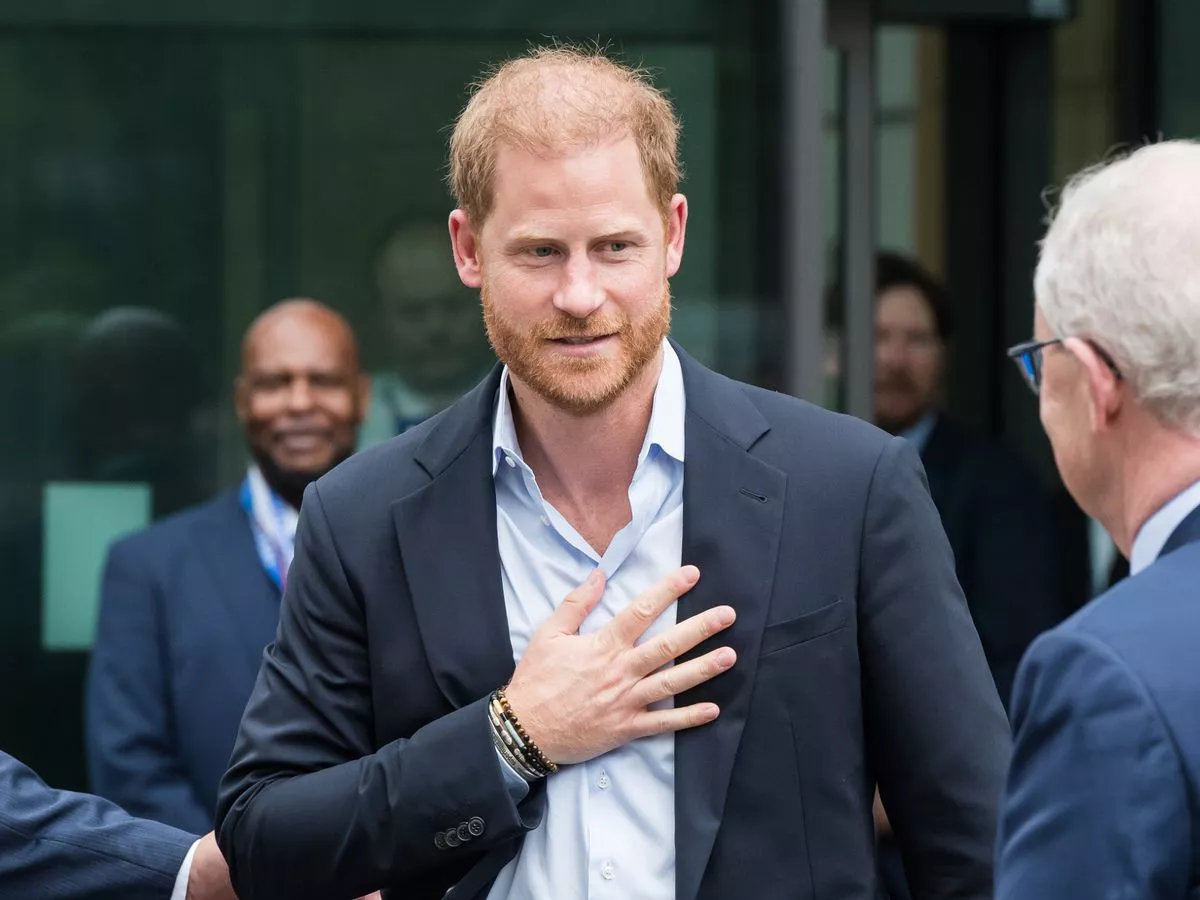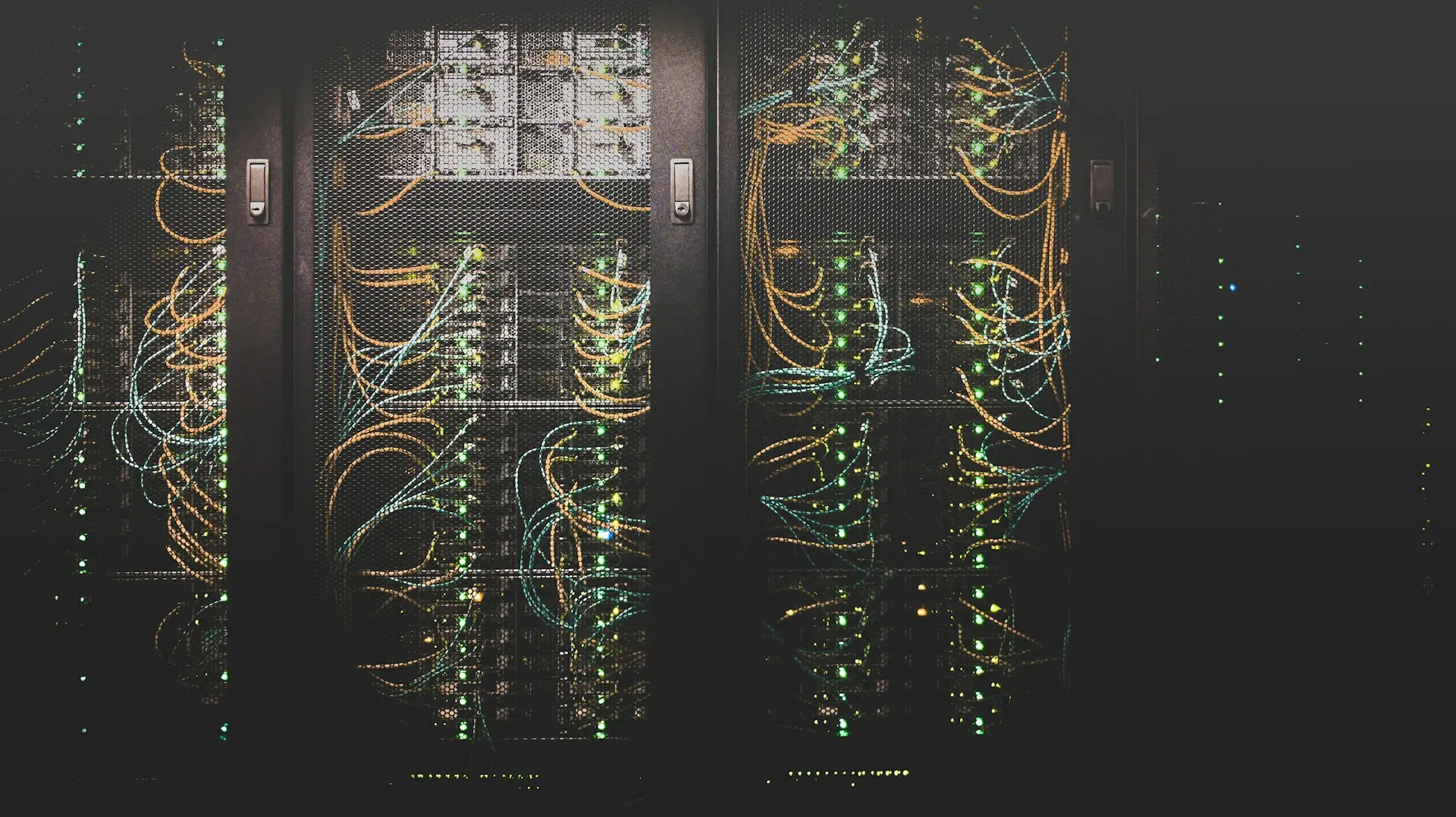Copyright yardbarker

When you think about the Carolina Hurricanes, the first thing that springs to mind is their stout defensive setup. That’s been their identity ever since Rod Brind’Amour assumed the head coaching role. They’ve built their strength on a unique man-on-man style system and aggressive forecheck. Another common feature has been their elite penalty kill. Carolina’s penalty kill has been top 10 in the league every season under Brind’Amour, and top three in four of the seven seasons he has been head coach. It has been the best in the league in back-to-back seasons. So, why is the penalty kill so good if the power play is so poor? There have been times recently where the Hurricanes look more threatening with a man in the box than with an extra man on the ice. It’s been the case for a few seasons now. Hurricanes color analyst Tripp Tracy generously called it a “work in progress” during the game against the Dallas Stars. I say “generously” because there would need to be progress. Nothing we’ve seen from the Hurricanes this season indicates that yet. The Hurricanes’ Excellent Penalty Kill Carolina’s high-octane penalty kill is suffocating. The relentless aggression they play with on the ice is made even more dangerous when down a man. When they clear the puck, the ability to deny the zone entirely shines, often allowing the Hurricanes to force turnovers on attempted zone entries for two minutes. You cannot get through or around them, and if you go behind them, either the goalie or the players will get back to send it back down the ice. It’s dangerous because if a team over-commits to get into the zone, players like Seth Jarvis, Sebastian Aho, Jordan Martinook, or Jordan Staal get in behind the power play and get a look at the goaltender alone. It’s how the Hurricanes amass so many shorthanded goals and have such a strong success rate when shorthanded. It’s not that they cheat up the ice to generate offense; it’s that they take advantage of other teams cheating up the ice. Last season, the Hurricanes killed a league-best 83.6 per cent of their penalties. That is down from an 86.4% success rate the season before. This penalty kill has led the league in three of the last four seasons, with the Boston Bruins in 2022-23 the only team to beat the Hurricanes’ killers. In Brind’Amour’s first season as head coach, the kill was the eighth-best in the league. Since then, it’s not been lower than fourth. The Hurricanes’ success on the penalty kill is a testament to their structure and coaching. So, if they have the talent to dominate with fewer players on the ice, what is holding them back on the other side of the special-teams battle? The Hurricanes’ Dismal Power Play Carolina’s power play is not just struggling, it’s deceased. The Hurricanes currently have the worst power play in the league, converting at 6.9%. They’ve had 45 shots on their power plays this season, with just two goals—one in the season opener from K’Andre Miller, and another from Jarvis. It’s reached full-blown panic for Carolina, given they have a man advantage that should be clicking at a far better rate than it is currently. The Hurricanes’ power play could be forgiven for having a few wobbles. Shayne Gostisbehere is dealing with an injury, and the injury bug has messed with some of the chemistry this unit has built. If this were a case of the players needing time to get to know each other and just an odd, misplaced pass being the trouble, this wouldn’t be anywhere near the issue it has become.



